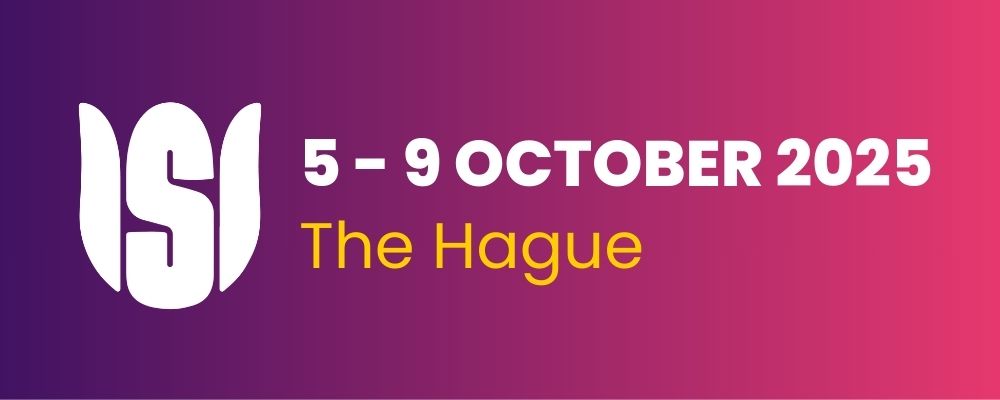Emerging Trends in Digital Twins
Conference
Category: International Association for Statistical Computing (IASC)
Proposal Description
The selected speakers in our proposed session brings together expertise from across the important field of digital twins covering a range of projects, roles and viewpoints which we believe will result in an excellent session. Our proposed session description is as follows:
Digital twins are everywhere, but what are they, what makes them exciting and why does everyone want to use them? Applications range from transport to air pollution, healthcare to the environment. Digital twins are virtual replicas or mirror images of physical objects, processes, systems, or entities. They can be created via a combination of code, physical models, and data-driven models to simulate the behaviour, performance, and characteristics of their physical counterparts, essentially replicating a physical asset in both its static and dynamic state.
Ranging from simple models to highly complex, multi-dimensional simulations, digital twins enable the real-time monitoring and optimisation of physical assets. Emerging trends in the design of digital twins have seen them used to develop improved decision-making algorithms and seen them combined into a larger network of twins that can better propagate uncertainty through the system. From a statistical perspective, the analysis of digital twins offers several exciting challenges which must be faced to be able to make optimal use of this new emerging research area. Challenges include effectively combining different sources and standards of data, properly modelling and propagating uncertainty, and combining individual digital twins into a network of joined twins in a scalable manner.
In this session, we will hear about a diverse range of applications of digital twins including aircraft control, farming and urban systems. We will hear about the advanced analytical techniques that are being used to optimise and analyse these virtual replicas and look at they are being used to improve real-world processes. We will then discuss how these models can be better utilised and how we can more effectively combine statistics and machine learning / AI to increase their future utility.
